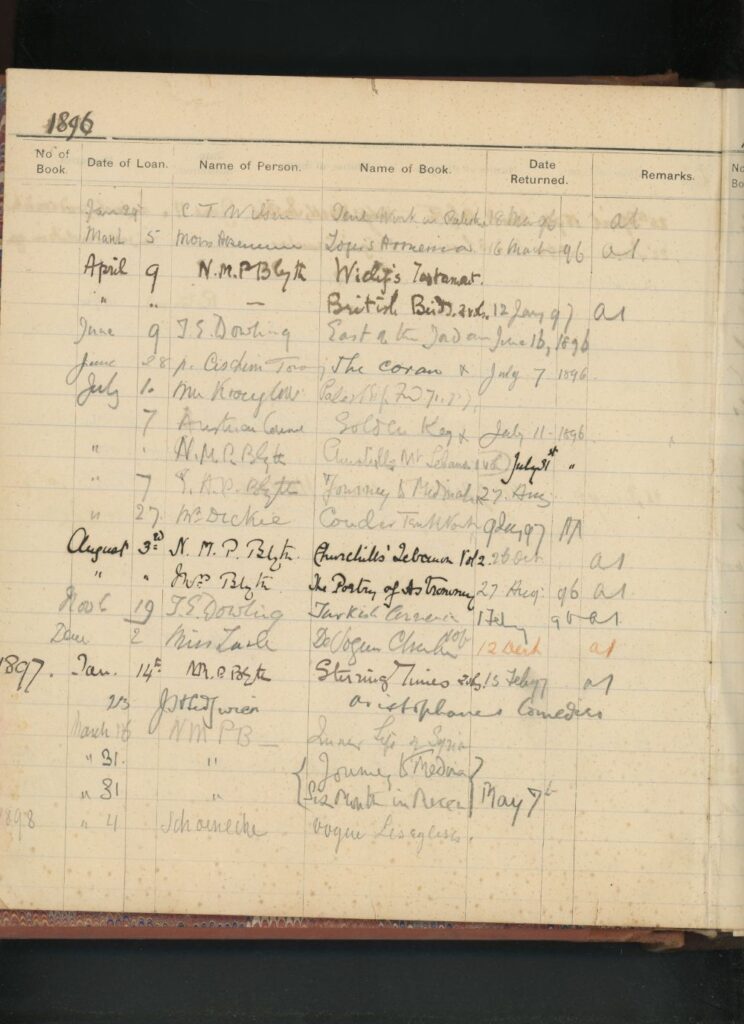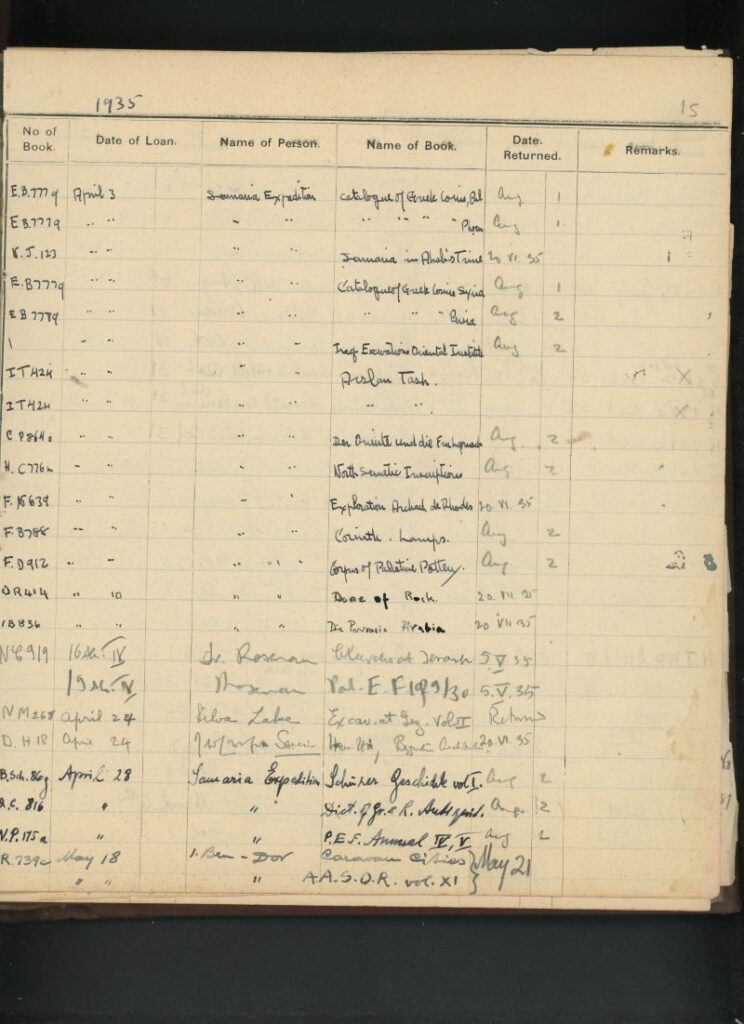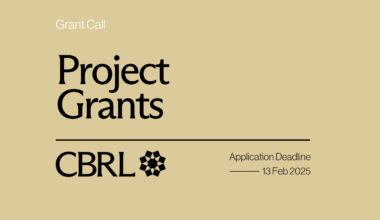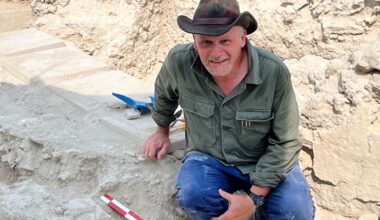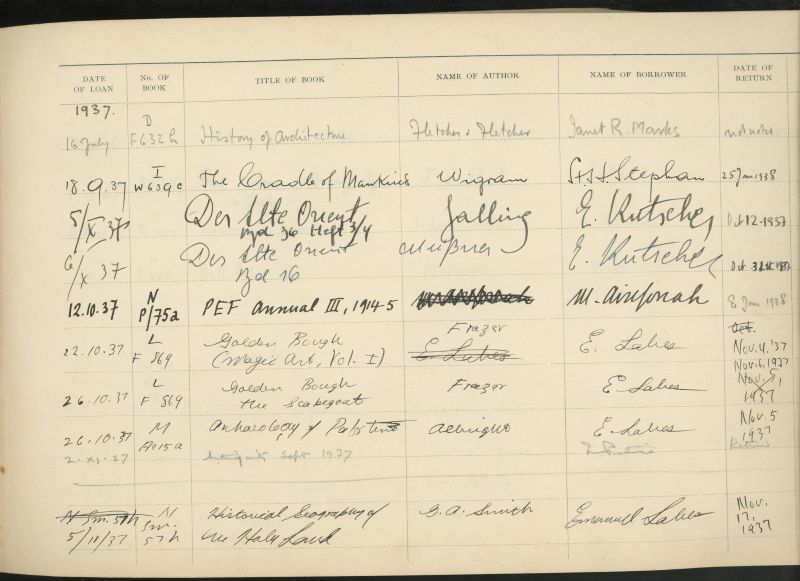
This month, Qasem Abu Harb, our Kenyon Institute Librarian and Archivist, gives us an insight into The Loan Book of the Jerusalem Literary Society, a record of archaeology, history, culture, and environment of the Levant over several decades.
The Kenyon Institute Library houses a rare and historically significant loan book, spanning from 1898 to 1937. Originally used by the Jerusalem Literary Society and later by the British School of Archaeology in Jerusalem, this volume records several decades of scholarly activity and library use in the Levant. It offers an invaluable insight into the intellectual interests of researchers during a transformative period in the region’s history.
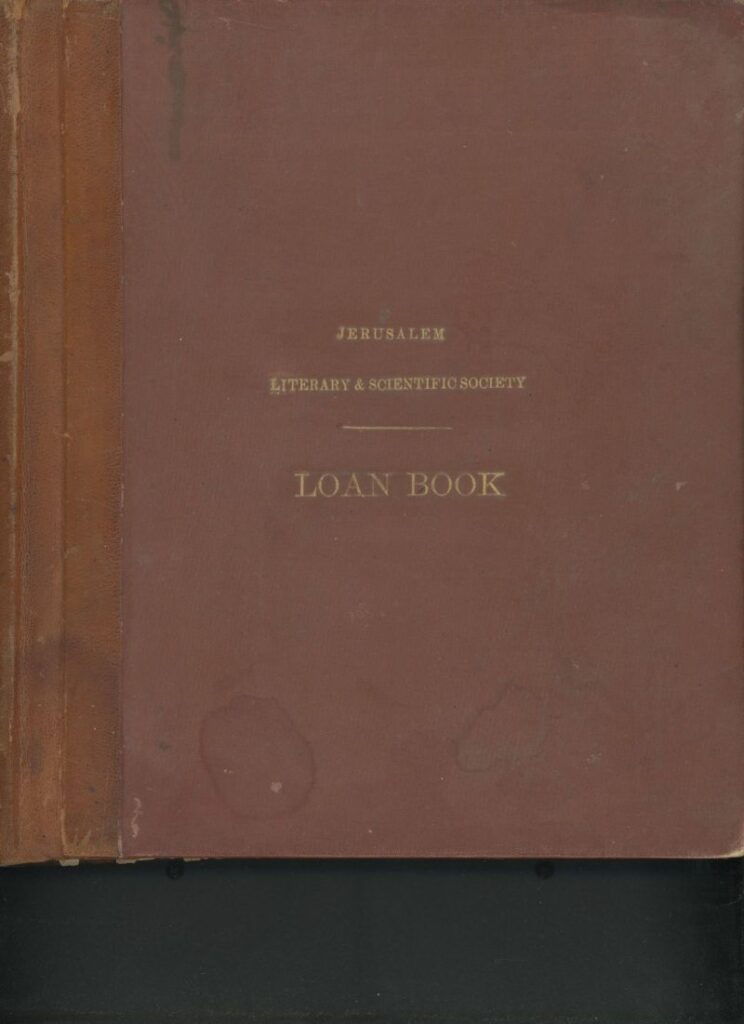
The loan book reflects the academic focus of its users and their recurring interests in the archaeology, history, culture, and environment of the Levant. It documents not only what was read, but also the evolving nature of scholarly priorities across generations. Its pages provide a rare and continuous witness to academic life through major political transitions, from the late Ottoman period and the British Mandate to the early Jordanian administration in Palestine.
Beyond its rich content, the volume itself is notable for its excellent preservation. With approximately 20 pages and an original, well-maintained binding, it exemplifies the importance placed on meticulous record-keeping. It serves as a primary source for understanding early library services, administrative practices, and the broader intellectual environment of the time.
The shared history of the Jerusalem Literary Society and the British School of Archaeology, reflected in this single document, underscores the continuity of intellectual collaboration between prominent institutions. It also illustrates the role of libraries as bridges between scholarly communities in the United Kingdom and Bilad al-Sham, fostering cross-cultural academic exchange.
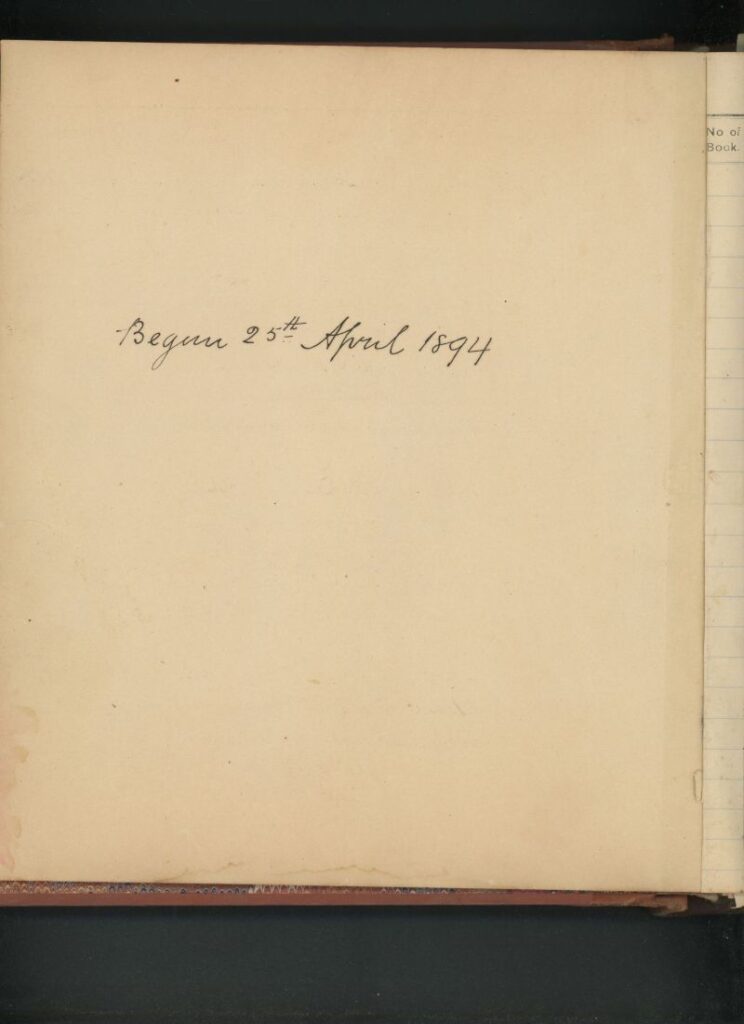
Today, this loan book stands not only as a bibliographic record but as a vital cultural artifact connecting researchers with the intellectual life of the past and offering a foundation for future studies in archival history, education, and regional heritage.
Preserving and analysing this book allows us to bridge the past and present helping us understand how reading culture evolved and how knowledge circulated long before the digital age.
